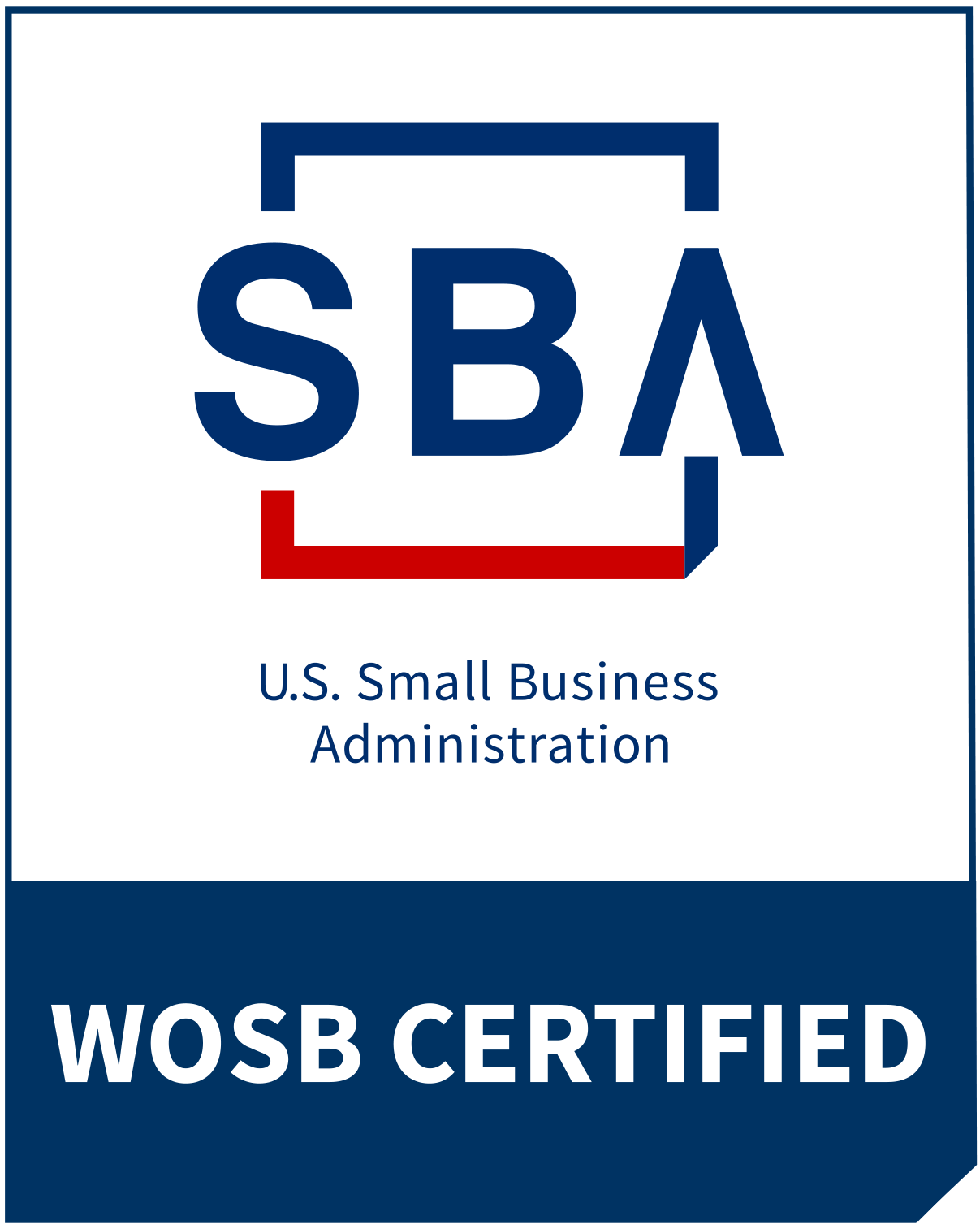Save Time & Money: 6 Tips for Running Effective Meetings
- Karen Hairston
- 0 Comments
- June 20, 2024
Save Time & Money: 6 Tips for Running Effective Meetings
As Taylor Swift once sang, “Are we out of the woods yet? Are we in the clear yet?” Well, when it comes to running effective meetings in your ed tech company, the answer is often a resounding “no.” The world of meetings can be full of surprises – and not always the good kind.
If you’re the CEO or owner of a small ed tech company, you’ve likely experienced the pain points of unproductive meetings firsthand. Maybe you’ve sat through a two-hour annual strategy session that felt more like a root canal or a project meeting that devolved into a game of “who can talk the loudest.” Sound familiar? Don’t worry, you’re not alone.
In fact, studies show that the average employee spends about 6 hours per week in meetings, and executives spend up to 23 hours. (1) That’s a lot of time that could be better spent developing new products, serving customers, or binge-watching the latest season of “Ted Lasso.” (Hey, we all need a break sometimes.)
But here’s the thing: when done right, meetings can be incredibly valuable for aligning your team, making key decisions, and driving your business forward. In this article, we’ll explore the different types of meetings, the benefits of running them effectively, and some practical tips for making your meetings more productive and engaging.
Types of Meetings
First, let’s define some common types of meetings you might have at your ed tech company:
Annual or Quarterly Strategy Meetings: These are the “big picture” meetings where you set goals, review progress, and make major decisions about the direction of your business. They typically involve senior leadership and key stakeholders.
Project Meetings: These are focused on a specific project or initiative, like launching a new product or revamping your website. They bring together the project team to align on tasks, timelines, and deliverables.
Team Meetings: These are regular check-ins with your department or functional team, like engineering, marketing, or customer success. They’re a chance to share updates, troubleshoot issues, and build team cohesion.
One-on-One Meetings: These are individual meetings between a manager and their direct report, focused on coaching, feedback, and professional development. They’re critical for building trust and alignment.
Daily Stand-ups: These are brief daily meetings, usually no more than 15 minutes, in which each team member shares what they accomplished yesterday, what they plan to work on today, and any roadblocks or challenges they’re facing. Stand-ups are particularly common in agile software development teams but can be useful for any team looking to stay aligned and accountable on a daily basis.
Benefits of Effective Meetings
So why should you care about running effective meetings? Here are a few key benefits:
1. Alignment: Meetings help ensure everyone is on the same page about goals, priorities, and expectations. This is especially important in a fast-moving industry like ed tech.
2. Decision-making: Meetings provide a forum for discussing options, weighing pros and cons, and ultimately making decisions that drive the business forward. Without meetings, decision-making can be scattered and inconsistent.
3. Collaboration: Meetings foster collaboration and idea-sharing across teams and departments. They’re a chance to tap into your organization’s collective wisdom.
4. Accountability: Regular meetings create accountability by providing a structure for reporting progress, identifying roadblocks, and course-correcting as needed.
According to a survey by Mersive, a company that provides meeting room collaboration software, 92% of employees consider meetings to be an important part of their day, and 87% said they contribute to their job success. (2)
Signs of Ineffective Meetings
Of course, not all meetings are created equal. Here are some signs that your meetings may not be as effective as they could be:
Lack of agenda or clear purpose
Too many attendees or the wrong people in the room
Meetings that consistently run over time
Lack of participation or engagement from attendees
Decisions that don’t stick or get implemented
Meetings that feel like a waste of time
If any of these sound familiar, don’t despair. With a few tweaks to your meeting habits, you can turn things around.
Tips for Running Effective Meetings
1. Set a clear agenda and objective: Clarify the purpose and desired outcomes before the meeting. Share an agenda in advance so attendees can come prepared.
2. Invite the right people: Carefully consider who really needs to be there. Smaller meetings tend to be more productive. Jeff Bezos famously instituted the “two pizza rule” at Amazon – never have a meeting where two pizzas couldn’t feed everyone.
3. Start and end on time: Respect people’s schedules by starting and ending promptly. Consider setting a timer to keep things on track.
4. Encourage participation: Create an inclusive environment where everyone feels comfortable contributing. Use facilitation techniques like round-robin sharing or breakout groups to get more voices in the room.
5. Take clear notes and action items: Designate a note-taker to capture key discussion points, decisions, and next steps. Share the notes promptly after the meeting.
6. Follow up on action items: Don’t let decisions and tasks fall through the cracks. Set clear owners and due dates, and follow up regularly to ensure accountability.
Challenges and Solutions
Of course, implementing these best practices isn’t always easy. Here are a few common challenges and how to address them:
Resistance to change: If your team is used to running meetings a certain way, they may resist new approaches. Start small by implementing one or two changes at a time, and be sure to explain the “why” behind the changes.
Lack of facilitation skills: Not everyone is a natural facilitator. Consider investing in facilitation training for your leaders or bringing in an outside facilitator for high-stakes meetings.
Technology issues: With more meetings happening remotely, tech glitches can derail the agenda. Test your audio and video in advance, and have a backup plan (like a dial-in number) in case of issues.
The Bottom Line
Running effective meetings is about respecting people’s time, staying focused on what matters, and driving meaningful outcomes for your business. By implementing these best practices, you can boost productivity, engagement, and even profitability.
Think about it this way: if you have 10 employees who each spend 6 hours per week in meetings, that’s 60 hours per week – the equivalent of 1.5 full-time employees. If you can make those meetings even 25% more productive, that’s like gaining back nearly half an employee’s time each week.
So don’t let your meetings become the butt of office jokes or fodder for memes. Take control of your meeting culture and watch your business thrive. As Taylor Swift might say, “I promise that you’ll never find another like me” – and that goes for your meetings too.
Conclusion
Running effective meetings is a critical skill for any ed tech leader. By understanding the different types of meetings, the benefits of doing them well, and some practical tips for success, you can transform your meeting culture and drive better results for your business.
But don’t just take my word for it. Experiment with these techniques in your own company and see what works best for your team. Remember, progress is rarely a straight line – there may be some trial and error along the way.
Now, if you’ll excuse me, I have a meeting to attend. But first, I need to grab a couple of pizzas.
(1) Source: Atlassian, “You Waste A Lot of Time at Work”
(2) Source: Mersive, “Workplace Meeting Collaboration Survey”
Is Your Business Growing But You Feel Like It’s Falling Apart?
Feeling the strain of business growth? You're not alone. Many successful businesses face these challenges. It's often the little things that cause big headaches. Suddenly, your tried-and-true methods don't work anymore, profits shrink, customers are complaining, and you're constantly firefighting.
The key lies in fine-tuning your systems to support your growth. My 3S Profit Optimizer framework helps to secure more clients, streamline operations, and supercharge scalability. I've helped numerous businesses overcome these hurdles, and I'd love to see how I can help you succeed.
Let’s minimize the growing pains and prevent them from reflecting poorly on your business. To learn how to have more freedom, more control, and more opportunities to earn income take action now and click below.
Related Posts





